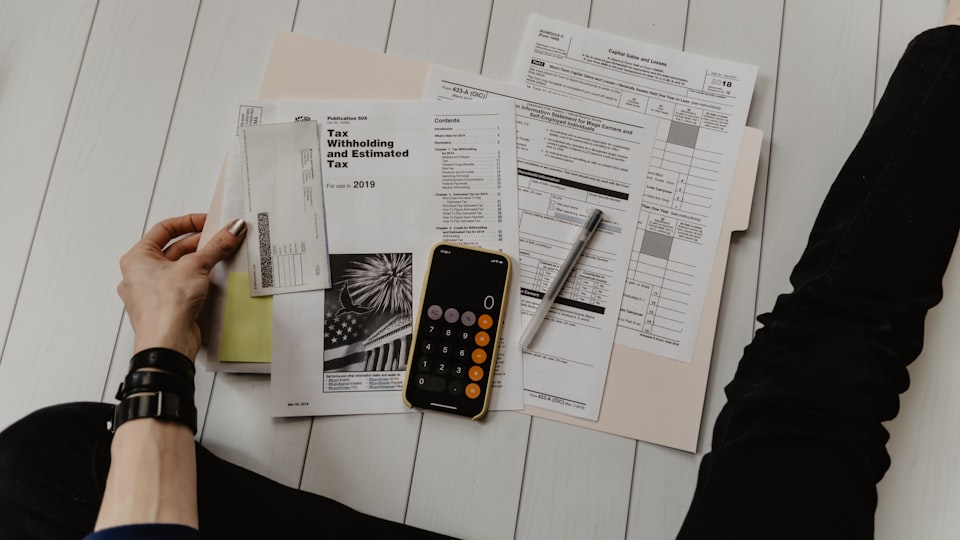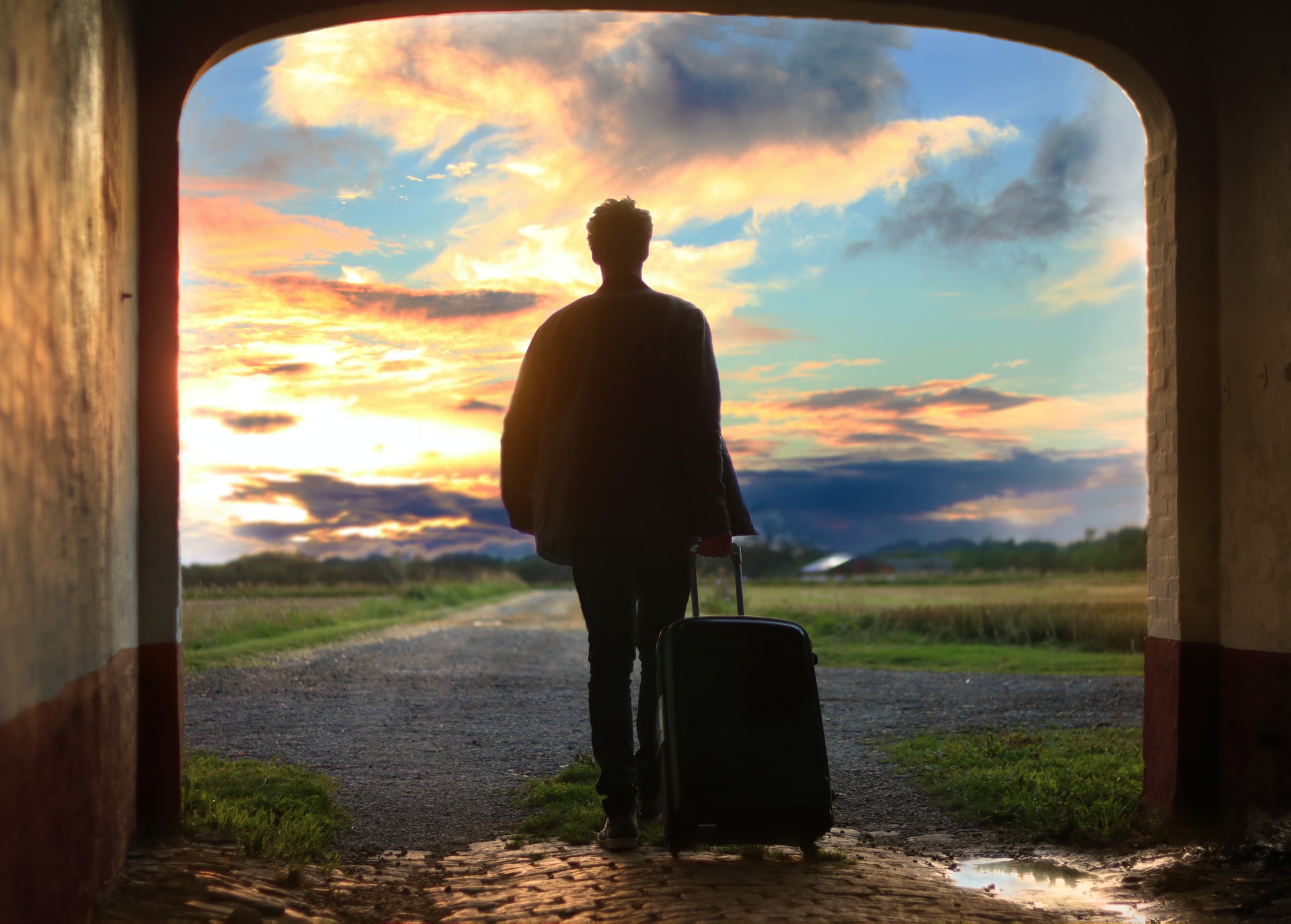1. PLAN A TRIP BUDGET
It’s necessary to set the amount of money you want to spend pre-decided. A budget will help you determine the length and quality of your trip. With smaller budgets, you can go to places that are relatively cheaper or closer to your home. A fancy budget could allow you to have a lavish vacation. You can always cut down expenses by choosing the modes of transportation wisely.

2. CHOOSE A DESTINATION
After deciding on the budget, you can choose the place you want to travel to. Ask yourself the following questions to reach a conclusion quickly~
- What kind of trip do you like to plan?
Think of what kind of experience you’re willing to have. All places have a lot of different things to offer. Choose whatever suits you the best.
You may want to look at the following categories:
- i) Adventure- if you’re into outdoor activities, filled with adrenaline rush and excitement then Asia’s the place for you. With activities like hiking, rock climbing, kayaking, forest trekking, surfing, and diving, you won’t have a single dull day, promise!
- ii) Relaxation- If you’re someone like me, who loves to lay back in the sun while sipping on some cool beverages with soft sand underneath and the sound of waves crashing in the distance, go to a beach! Look for places like Maldives, Thailand, or Greece and get yourself paradise on earth.
iii) Culture- learning and traveling go hand in hand. You get to know so much about a new place when you visit it. To enhance that experience, select a country with rich and preserved history, culture, heritage, and traditions. Sar for example Cambodia, Oman, or Peru. You can always mingle with the locals and make your time over there even more fun.
- iv) Food- what better way than to choose a place based on its cuisine! Countries like India, Indonesia, and Italy won’t disappoint you if you’re a foodie and are waiting to get your mind blown by the amazing food.
- v) Transport- At times the journeys are more beautiful than the destination, and there’s nothing wrong with it. A train journey from Kandy to Ella in Sri Lanka or the iconic motorbike loops in Vietnam is something you should definitely experience.
- What time of the year you’re traveling?
You don’t want to plan a trip when the seasons aren’t right in the particular place, especially if you’re taking time off your work.
Look for~
- i) High and low seasons to plan the trip budget accordingly.
- ii) Weather patterns of the place.
Eg: If there’s any tornado or storm in the foreseeable future.
iii) The reason you’re visiting the country.
Eg: Go to Japan when there’s cherry blossom
- iv) Festivals and public holidays- it may enhance or disrupt your holidays. So research properly.
- What are the visa requirements?
Make sure you’ve all the necessary travel documents required for your nationality by the country you’ll be visiting.

3. LOCATION RESEARCH
Research is the core ingredient of planning a successful trip. The following resources should be helpful:-
- Plan a trip using Social media
-Social media these days is a great platform to find about things easily otherwise not found. Look for hashtags, blogs, photo inspirations, and must to do things of the place you’re going to.
- Use travel blogs and guides
– What better way to plan a trip wisely than by learning from the experiences of others. Read thoroughly through the travel blogs and articles, and gather all the required information.
- Other resources
– TripAdvisor: recommends things to see and what to do. Gives eating and accommodation suggestions.
– Google maps: makes traveling and navigation smoother
– Asking people who’ve already been to the place you’re about to visit.
– Asking the locals for an insider’s point of view.

4. PLAN A TRIP ITINERARY
After all the research you’ve done, now assemble everything and make a list of things to do on which particular day. Pinning places on Google maps will help you determine the distance between two places.
Key points to keep in mind~
- i) Distance- Google maps to the rescue! Plan the number of attractions you’d like to see in a day with its help.
- ii) Flexibility- No matter how much you plan, always be ready for surprises. Make sure you’ve room for unplanned things in your trip.
iii) Relaxation- make sure to put in enough resting hours on your trip. Won’t want to tire yourself out midway.
- iv) Transport- advance online booking of transport is recommended. Various online sites are there to help you with it.
v) Opening times- Check the opening as well as closing times so you know the number of hours you’ll want to be there.

5. BOOKING YOUR TRIP
Now after all the planning and plotting, it’s finally time to book your trip!
- Booking flights or trains
– book flights from sites which will provide you with cheap deals.
Eg: Skyscanner, Kiwi, etc.
Adding stopovers and cross-checking with the airlines might help in cutting down the expenses a bit.
- Booking accommodation
– using your itinerary to help you decide on the location of your staying arrangements, that’ll make sightseeing more convenient.
Booking.com and Airbnb are some good sites to see for amazing deals and trustworthy reviews.

6. PLAN OUT YOUR ARRIVAL
You’ll be tired after the long hours of traveling, so might as well want to keep plans of arrival pre-decided.
Make sure to~
i) Buy yourself a local sim card at the airport
-this avails apps like Google maps, taxi services like uber and helps you communicate with your hotel
ii) Pre-plan- How to reach your accommodation. The mode of transportation you’ll use, the cost, and backup plans.
iii) Download a map- in case of connectivity issues, you’ll have an offline map to fall back on.
iv) Exchange money- make sure to have some cash on you at all times.
v) Learn the basics of the local language- basic salutations and phrases will come in handy. You can use translation apps to get better at it.

7. ORGANIZE IMPORTANT PAPERWORK
Make sure to~
- Apply for a visa: Online or at the local embassy. Carry a passport photo, enough cash to pay the fee, and the right documents. Different countries have different rules for the procedure of visa applications.
- Book travel insurance: Always good to be prepared for the unforeseeable future.
- Get vaccinations: If certain diseases are prevalent in the country you’re visiting, then you should get immunized beforehand.
- Buy medication: have all the required meds that you might need to keep your health in check, during the course of the trip.
- Order a travel card: The safer way to withdraw money without any extra fees.
- Copy and print your documents: Very important to have multiple copies in your different luggage bags, ready to be used in case of emergency.




0 Comment